Home>Home Appliances>Kitchen Appliances>How Many Cups Is A Shot Glass
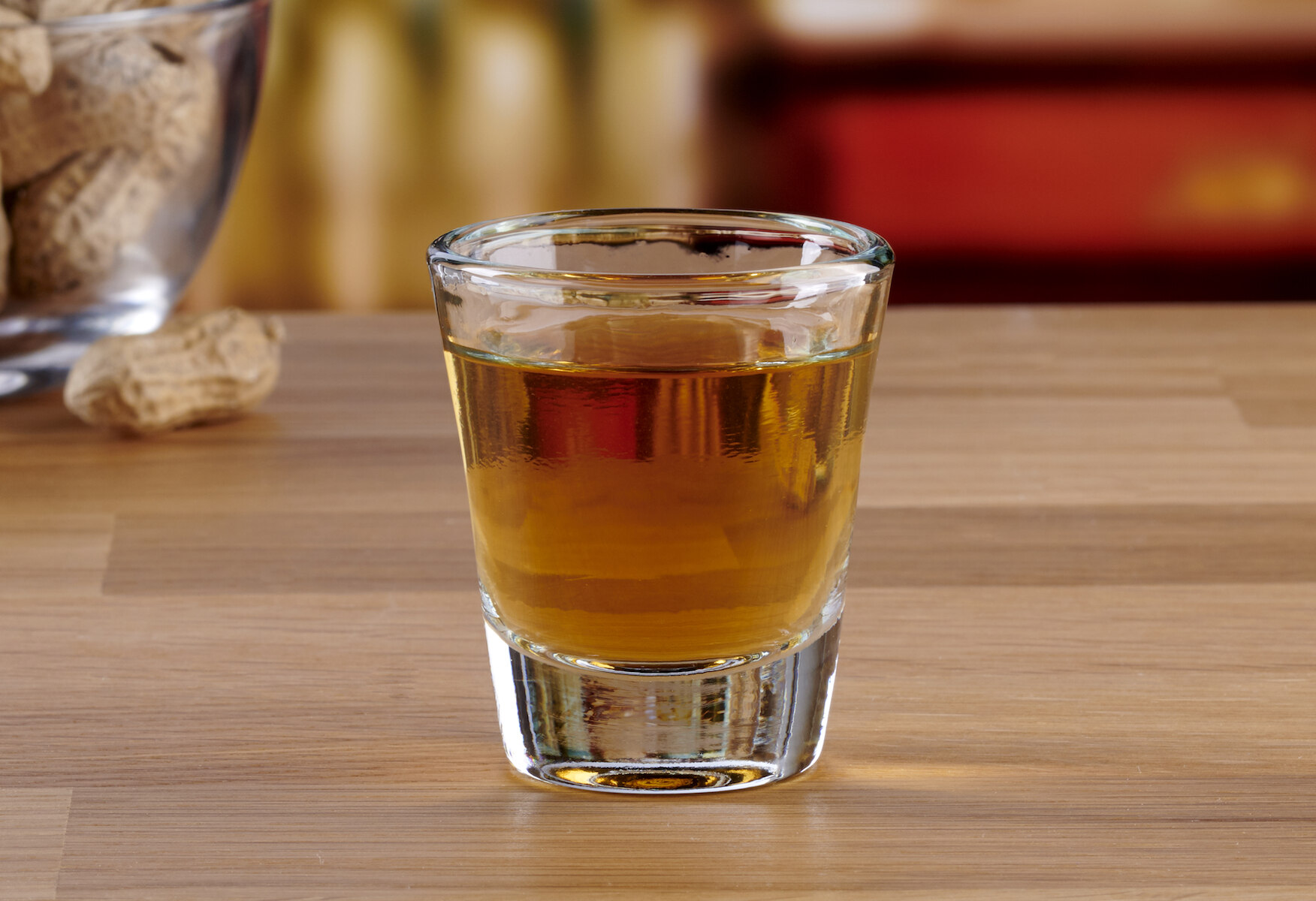

Kitchen Appliances
How Many Cups Is A Shot Glass
Modified: February 18, 2024
Discover the perfect shot glass to cup conversion and other essential kitchen appliances. Learn how to measure with ease and precision. Explore more now!
(Many of the links in this article redirect to a specific reviewed product. Your purchase of these products through affiliate links helps to generate commission for Storables.com, at no extra cost. Learn more)
Introduction
Shot glasses are a ubiquitous and essential part of any bar or kitchen. These small, cylindrical vessels are designed to hold a specific amount of liquid, typically used for serving spirits or liqueurs. Understanding the capacity of a shot glass and its equivalent in standard measurement units, such as cups, is valuable knowledge for both bartenders and home entertainers.
In this article, we will delve into the world of shot glasses, exploring their standard size, how to convert shots to cups, and vice versa. Additionally, we will touch on the different types of shot glasses available, shedding light on the diverse designs and materials used to craft these diminutive yet indispensable drinking vessels.
Whether you're a seasoned mixologist, a casual host, or simply curious about the intricacies of kitchen measurements, this guide will provide you with a comprehensive understanding of shot glasses and their capacity in relation to other common liquid measures. So, let's embark on this enlightening journey into the world of shot glasses and their equivalents.
Key Takeaways:
- Shot glasses typically hold 1.5 ounces for a single shot, with larger “double” shot glasses holding 3 ounces. This helps bartenders and home entertainers serve drinks accurately and consistently.
- Converting shots to cups and vice versa is easy! Just remember that 1 cup equals 8 shots, and you can plan your drink recipes and gatherings with confidence.
Read more: How Many Tablespoons Is A Shot Glass?
Standard Size of a Shot Glass
Shot glasses come in various sizes, but the standard measurement for a single shot is 1.5 ounces. This is the typical volume used in most recipes and by bartenders when pouring shots of spirits or mixing cocktails. However, it's important to note that shot glasses can also vary in size based on cultural and regional preferences. In some countries, a standard shot might be larger or smaller than the 1.5-ounce measure commonly used in the United States.
In addition to the standard 1.5-ounce shot, there are also larger shot glasses known as "double" shot glasses, which typically hold 3 ounces of liquid. These larger shot glasses are often used for serving double shots of spirits or creating cocktails that require a larger volume of alcohol.
Understanding the standard size of a shot glass is crucial for both professional bartenders and home enthusiasts. It ensures that the correct amount of alcohol is being served, maintaining consistency in drink recipes and adhering to responsible serving practices. Furthermore, knowing the standard size of a shot glass allows for accurate measurement when preparing cocktails, helping to achieve the desired flavor and balance in the final drink.
Whether you're measuring out a single shot for a classic cocktail or experimenting with mixology at home, having a clear grasp of the standard size of a shot glass is fundamental. It sets the foundation for precision in drink preparation and contributes to the overall enjoyment of the drinking experience.
In summary, the standard size of a shot glass is 1.5 ounces for a single shot, with larger "double" shot glasses holding 3 ounces. This knowledge serves as a cornerstone for accurate measurement and consistent serving practices in the realm of bartending and home entertaining.
Converting Shots to Cups
When it comes to converting the volume of shots to cups, it's essential to have a clear understanding of the standard measurements for both shot glasses and cups. As mentioned earlier, the standard size of a shot glass is 1.5 ounces for a single shot. On the other hand, a standard cup holds 8 fluid ounces of liquid. With these measurements in mind, we can easily calculate the equivalent number of cups for a given number of shots.
To convert shots to cups, we can use a simple mathematical approach. Since 1 cup is equivalent to 8 fluid ounces, we can determine the number of cups by dividing the total number of shot ounces by 8. For example, if we have 6 shots, each containing 1.5 ounces, the total shot volume would be 9 ounces (6 shots x 1.5 ounces per shot). To convert this to cups, we divide 9 by 8, resulting in approximately 1.125 cups. This means that 6 shots are roughly equivalent to 1.125 cups.
It's important to note that this conversion provides an approximate value, as shot glasses and cups may have slightly different capacities based on their designs and manufacturing standards. However, for practical purposes, this simple conversion method serves as a useful guideline for estimating the number of cups based on the quantity of shots.
Understanding the conversion from shots to cups is valuable for various scenarios. For instance, when preparing large-batch cocktails or punch for a gathering, knowing how many cups are needed based on the number of shots can help in planning and ensuring an adequate supply of ingredients. Additionally, for individuals who prefer to consume spirits or liqueurs in standard cup measurements, this conversion allows them to gauge the equivalent volume of shots in a familiar unit of measurement.
In summary, converting shots to cups involves dividing the total shot volume by 8 (the number of fluid ounces in a standard cup) to obtain the approximate equivalent in cups. This conversion method facilitates practical planning and provides a familiar measurement reference for individuals who prefer using cups as a standard unit of liquid volume.
A standard shot glass is typically 1.5 ounces, which is equal to 3 tablespoons or 0.07 liters. This is equivalent to about 1/6 of a cup.
Converting Cups to Shots
Converting cups to shots involves the reverse calculation of converting shots to cups. Understanding this conversion is valuable for various scenarios, especially when recipes or drink measurements are specified in cups rather than shots. To perform this conversion, it's crucial to have a clear grasp of the standard measurements for both cups and shots.
A standard cup holds 8 fluid ounces of liquid, while the standard size of a shot glass is 1.5 ounces for a single shot. With these measurements in mind, we can calculate the equivalent number of shots for a given number of cups. The mathematical approach for this conversion is straightforward: we divide the total cup volume by 1.5 to determine the number of shots. For example, if we have 2 cups of liquid, the total cup volume would be 16 ounces (2 cups x 8 ounces per cup). To convert this to shots, we divide 16 by 1.5, resulting in approximately 10.67 shots. This means that 2 cups are roughly equivalent to 10.67 shots.
It's important to note that this conversion provides an approximate value, as shot glasses and cups may have slightly different capacities based on their designs and manufacturing standards. However, for practical purposes, this simple conversion method serves as a useful guideline for estimating the number of shots based on the quantity of cups.
Understanding the conversion from cups to shots is valuable for various applications. For instance, when following a recipe that specifies the volume in cups, individuals can use this conversion to determine the equivalent amount of shots required. Additionally, for bartenders and mixologists who prefer to work with precise shot measurements, this conversion allows them to translate cup-based recipes into the appropriate number of shots, ensuring accuracy and consistency in drink preparation.
In summary, converting cups to shots involves dividing the total cup volume by 1.5 (the number of fluid ounces in a standard shot) to obtain the approximate equivalent in shots. This conversion method provides a practical guideline for translating cup-based measurements into shots, catering to the diverse preferences and requirements of both home cooks and professional bartenders.
Different Types of Shot Glasses
Shot glasses come in a diverse array of styles, materials, and designs, each offering unique characteristics and serving purposes. Understanding the different types of shot glasses allows individuals to choose vessels that not only complement their drinking preferences but also add aesthetic appeal to their barware collection. Let's explore some of the most popular types of shot glasses:
-
Traditional Glass Shot Glasses: These are the quintessential shot glasses, typically made of clear glass and featuring a cylindrical shape with a thick base. They are versatile and widely used for serving various spirits and liqueurs. The simplicity of their design makes them a timeless choice for both professional bars and home settings.
-
Tall Shot Glasses: As the name suggests, tall shot glasses are characterized by their elongated and slender profile. They often hold the standard shot volume but offer a more elegant and elongated silhouette, adding a touch of sophistication to the drinking experience. Tall shot glasses are favored for serving layered or visually appealing shots.
-
Thick Base Shot Glasses: Shot glasses with a thick base are known for their sturdiness and stability. The added weight at the base provides a substantial feel and reduces the likelihood of tipping over, making them ideal for busy bar environments and outdoor gatherings. Additionally, the thick base enhances heat retention, which is advantageous for serving chilled or layered shots.
-
Novelty Shot Glasses: These shot glasses come in a myriad of whimsical and creative designs, catering to a wide range of interests and themes. From novelty shapes and vibrant colors to themed prints and quirky embellishments, novelty shot glasses add a playful and personalized touch to the drinking experience. They are popular as collectibles and unique gifts.
-
Stainless Steel Shot Glasses: Durable and sleek, stainless steel shot glasses offer a modern and sophisticated alternative to traditional glassware. They are favored for outdoor activities, camping trips, and rugged adventures due to their resilience and resistance to breakage. Stainless steel shot glasses also excel in retaining the temperature of chilled or hot shots.
-
Etched or Frosted Shot Glasses: Shot glasses featuring etched or frosted designs on their exteriors add a touch of elegance and visual intrigue. The frosted finish diffuses light, creating a soft and alluring appearance, while etched patterns or logos lend a personalized and decorative element. These shot glasses are popular for special occasions and upscale events.
-
Collectible Shot Glasses: Many individuals enjoy collecting shot glasses as souvenirs from different destinations or as mementos of significant events. Collectible shot glasses often bear unique emblems, landmarks, or cultural symbols, serving as cherished keepsakes and conversation starters. They hold sentimental value and contribute to personal narratives.
Understanding the diverse types of shot glasses empowers individuals to curate a collection that aligns with their preferences, occasions, and aesthetic sensibilities. Whether seeking classic elegance, functional durability, or whimsical charm, the world of shot glasses offers a myriad of options to elevate the drinking experience and add a touch of personality to social gatherings.
Read more: How Many Ounces In A Shot Glass
Conclusion
In conclusion, shot glasses play a pivotal role in the realm of bartending, home entertaining, and culinary measurements. Their standard size of 1.5 ounces for a single shot, along with the availability of larger "double" shot glasses holding 3 ounces, forms the foundation for precise liquid measurement and consistent serving practices. Understanding the standard size of a shot glass is essential for maintaining accuracy in drink recipes and ensuring responsible alcohol service.
Moreover, the ability to convert shots to cups and vice versa provides practical flexibility for both professional mixologists and home enthusiasts. By employing simple mathematical calculations based on the standard measurements of shot glasses (1.5 ounces) and cups (8 fluid ounces), individuals can seamlessly translate liquid volumes between these units, facilitating efficient planning and accurate ingredient usage.
The exploration of different types of shot glasses reveals a rich tapestry of designs, materials, and functionalities, catering to diverse preferences and occasions. From traditional glass shot glasses to novelty, stainless steel, and collectible variants, the world of shot glasses offers a spectrum of choices to elevate the drinking experience and add a personalized touch to social gatherings.
As we navigate the intricacies of shot glasses and their equivalents, it becomes evident that these diminutive vessels hold significant value beyond their modest size. They embody a fusion of practicality, aesthetics, and cultural significance, enriching the rituals of social drinking and imbuing each serving with a touch of individuality.
In essence, shot glasses encapsulate the art of precision, the allure of diversity, and the essence of conviviality. Whether raising a toast to cherished moments, crafting artisanal cocktails, or simply savoring a favorite spirit, the humble shot glass stands as a steadfast companion, adding a dash of elegance and functionality to every libation it holds. Cheers to the enduring charm and utility of shot glasses, where every sip tells a story and every pour evokes a sense of camaraderie.
Frequently Asked Questions about How Many Cups Is A Shot Glass
Was this page helpful?
At Storables.com, we guarantee accurate and reliable information. Our content, validated by Expert Board Contributors, is crafted following stringent Editorial Policies. We're committed to providing you with well-researched, expert-backed insights for all your informational needs.
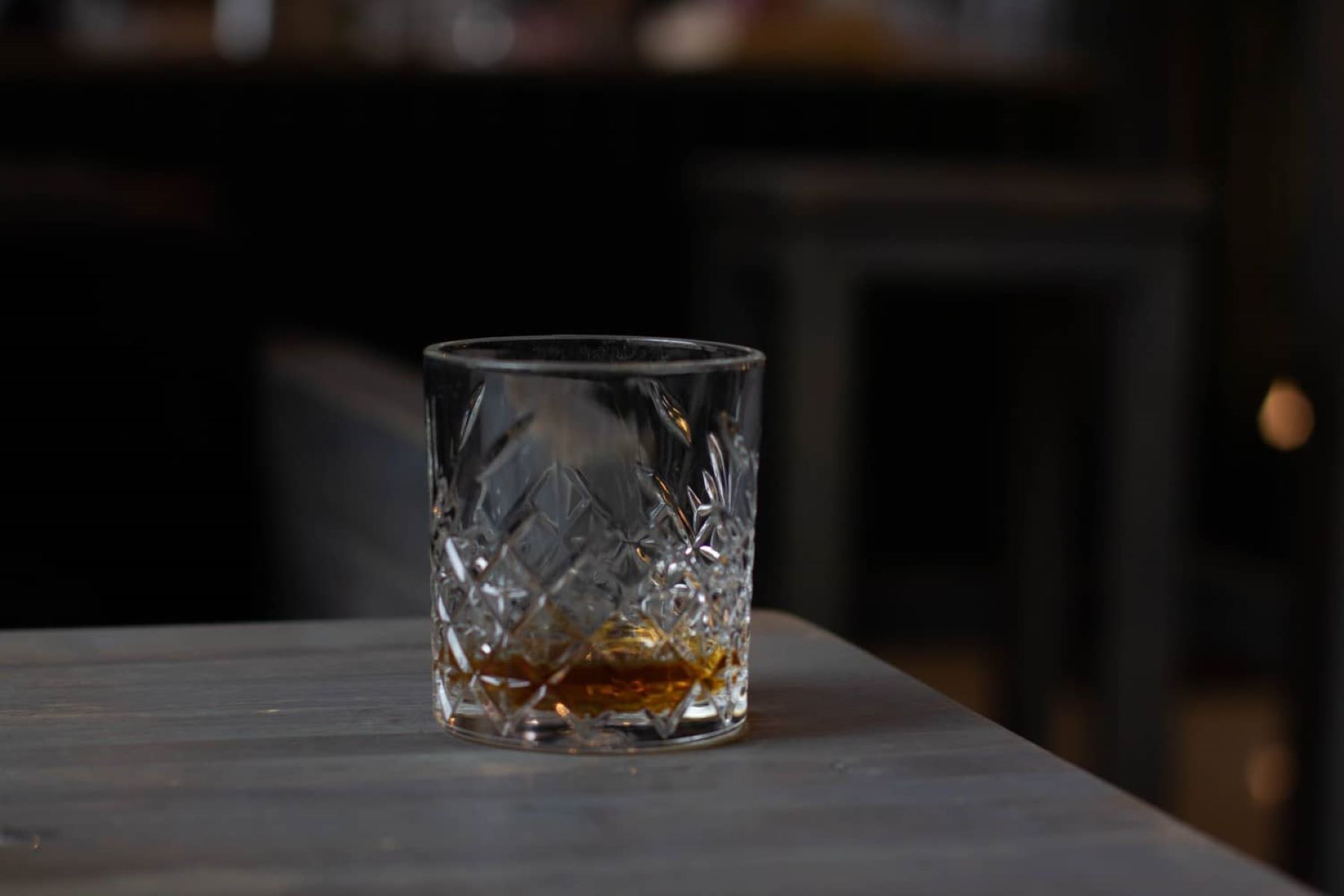
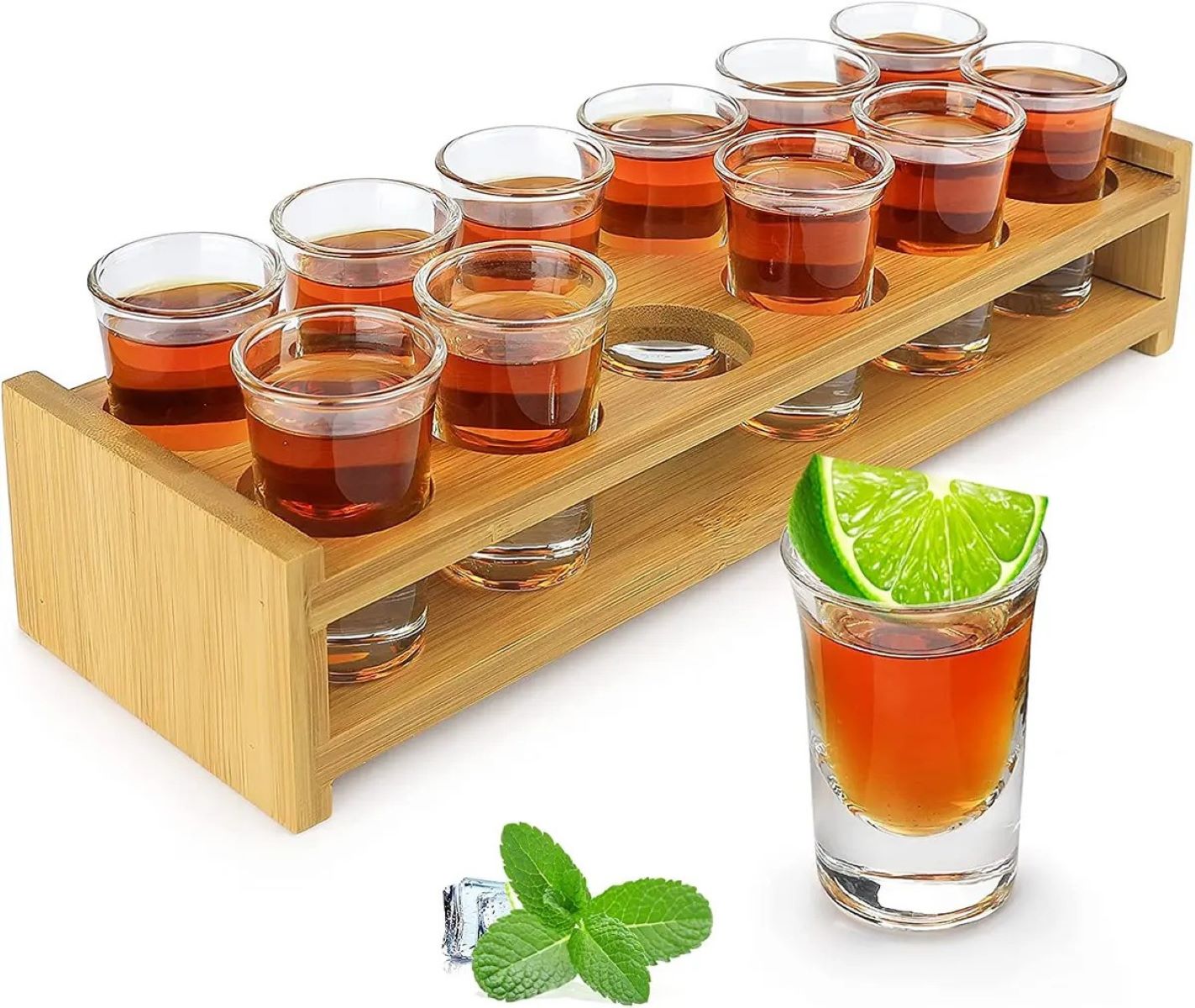
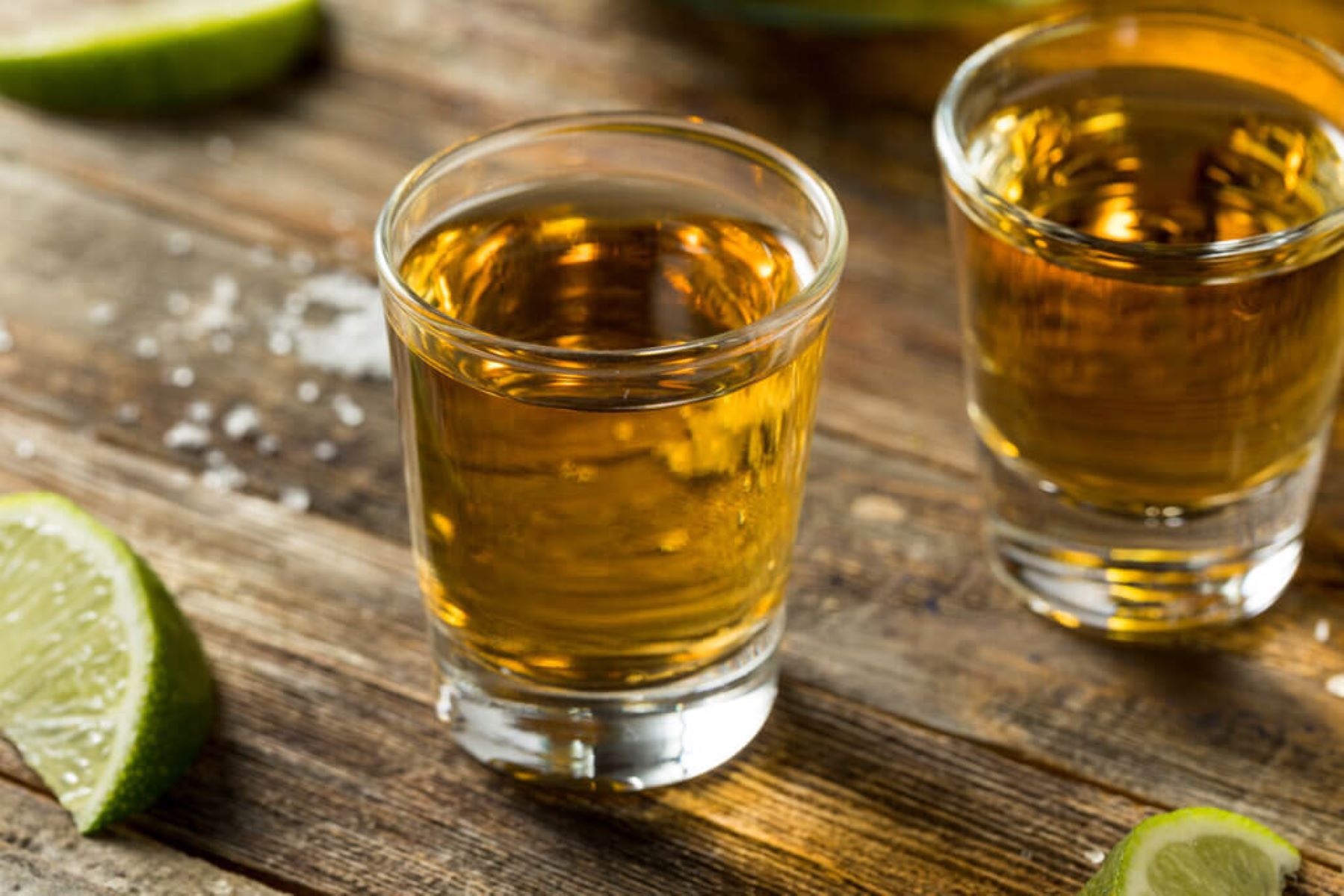
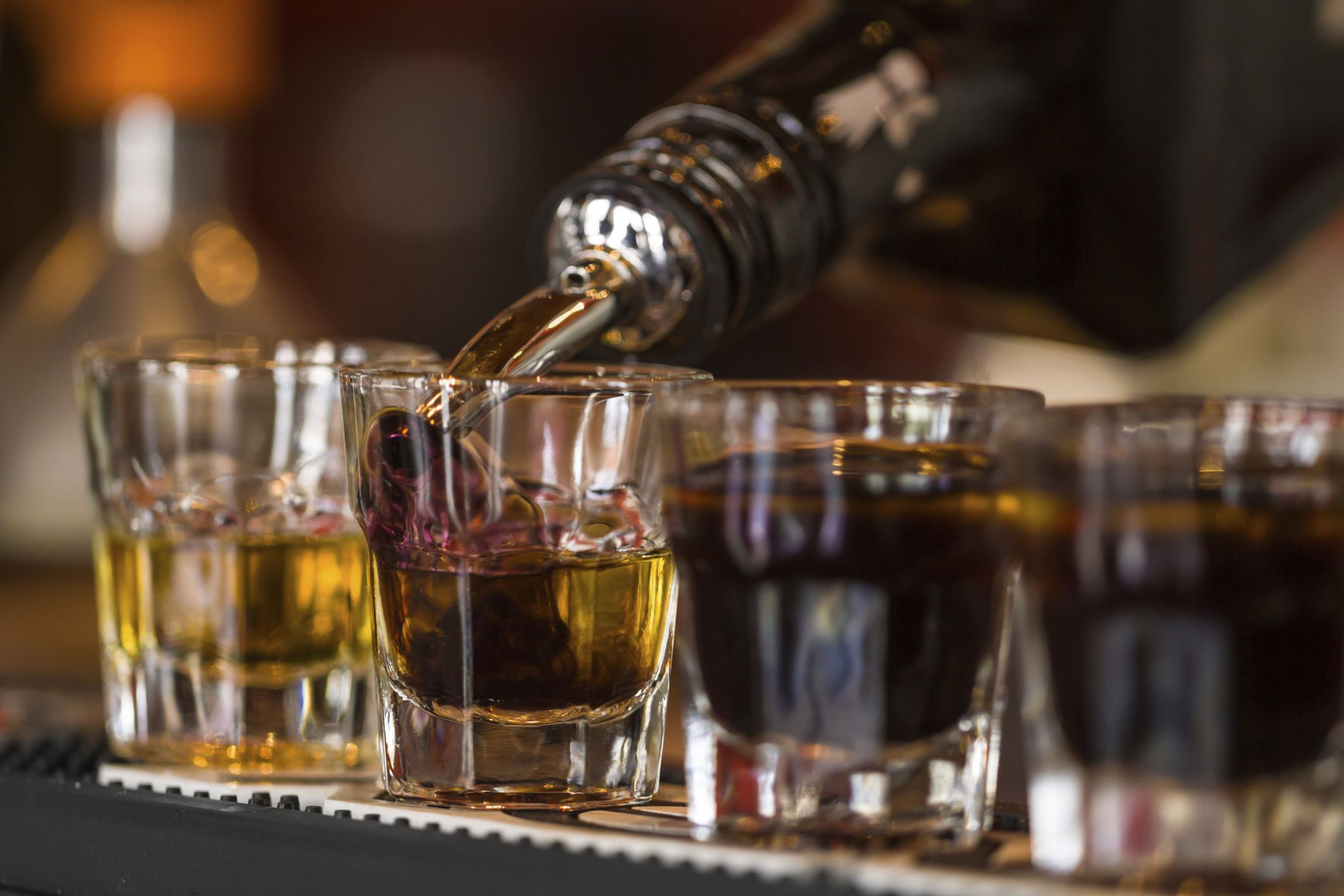
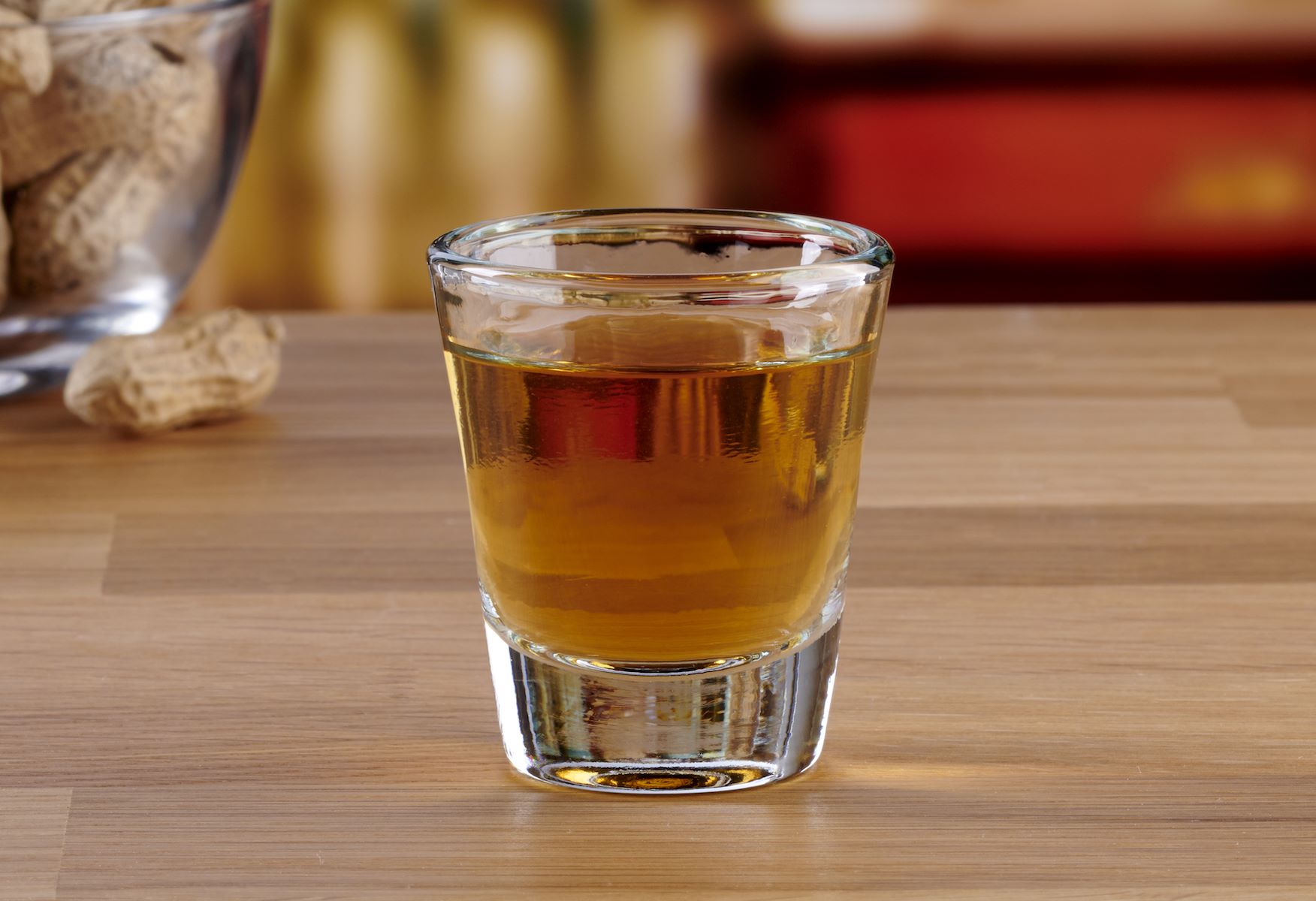
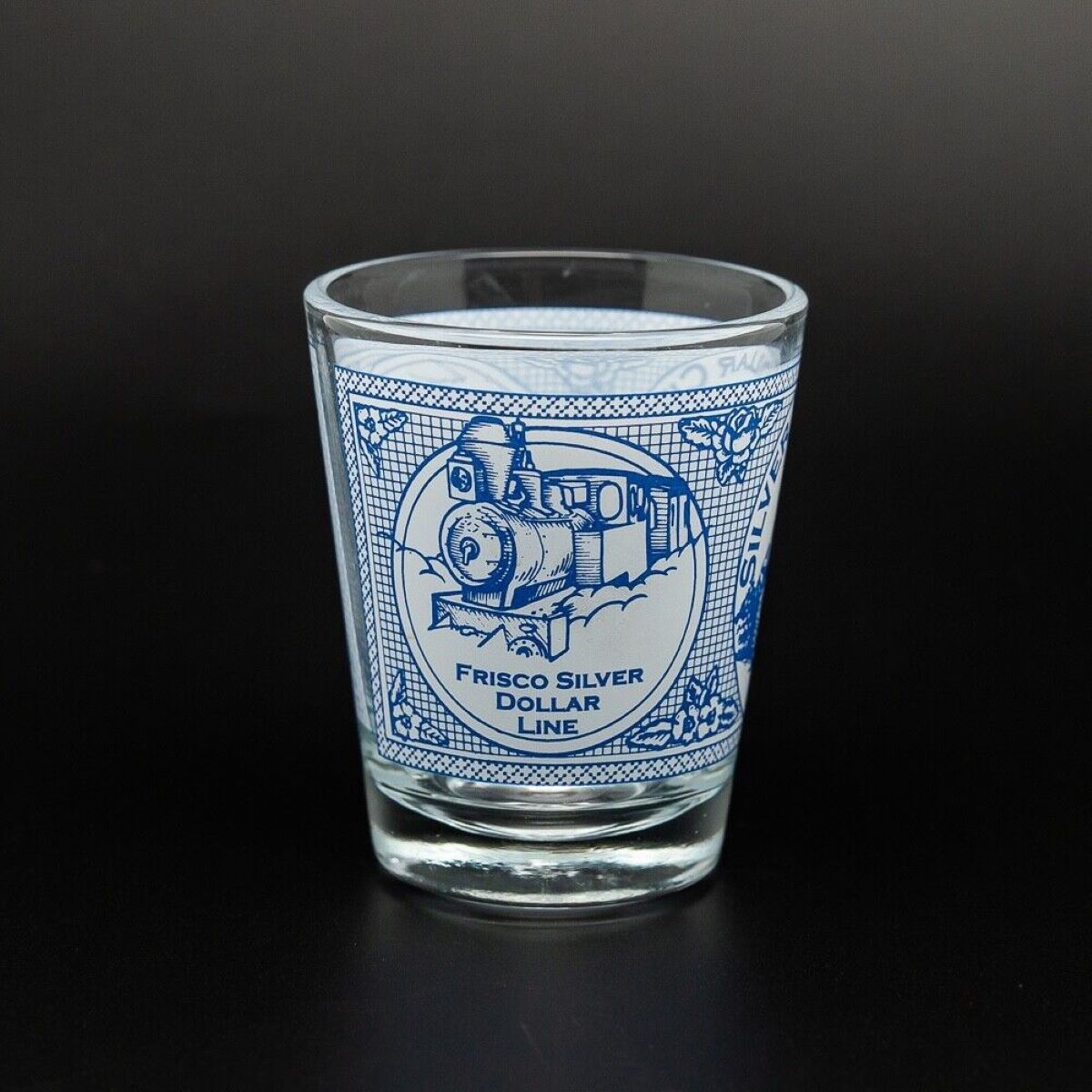
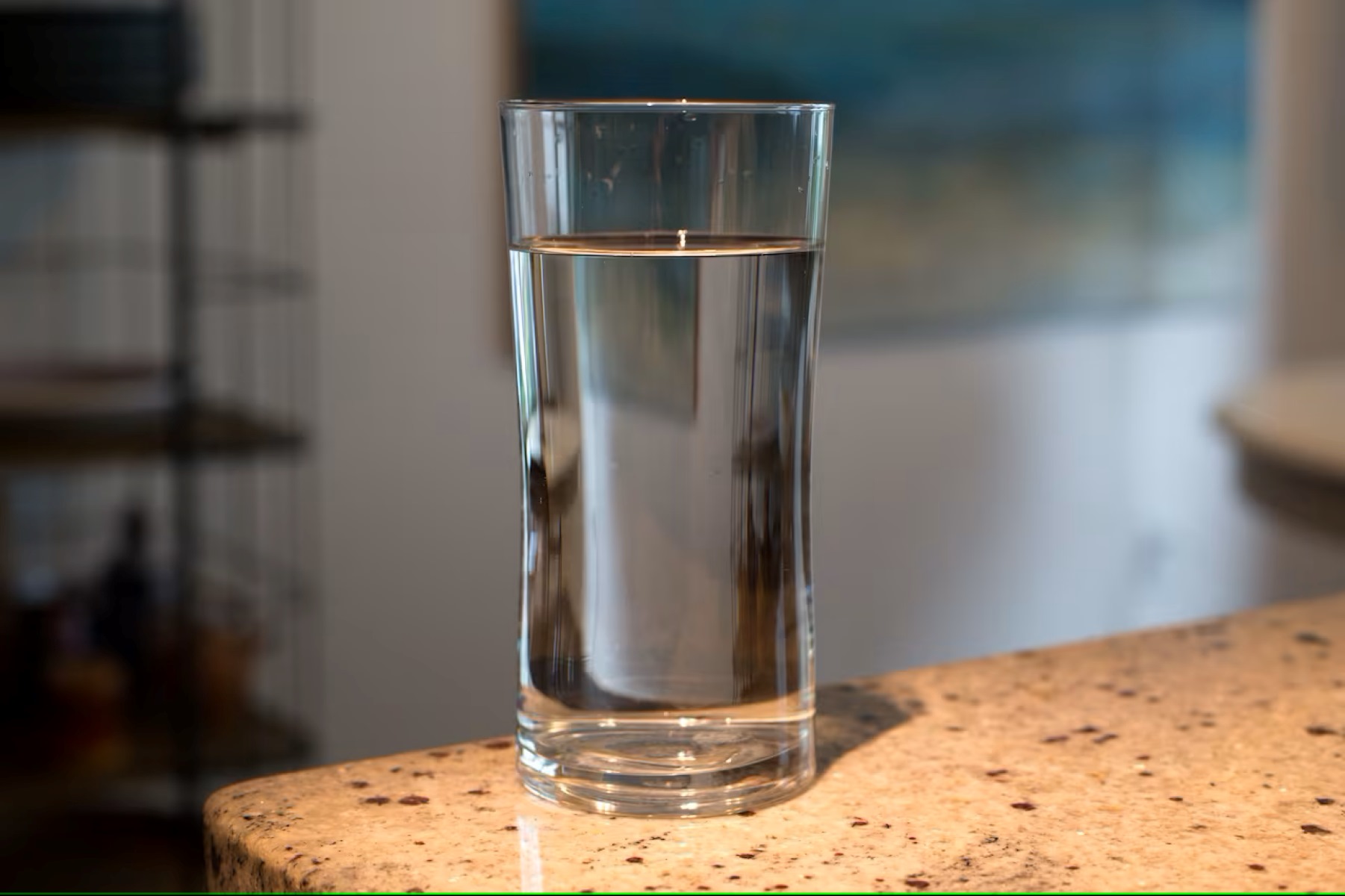
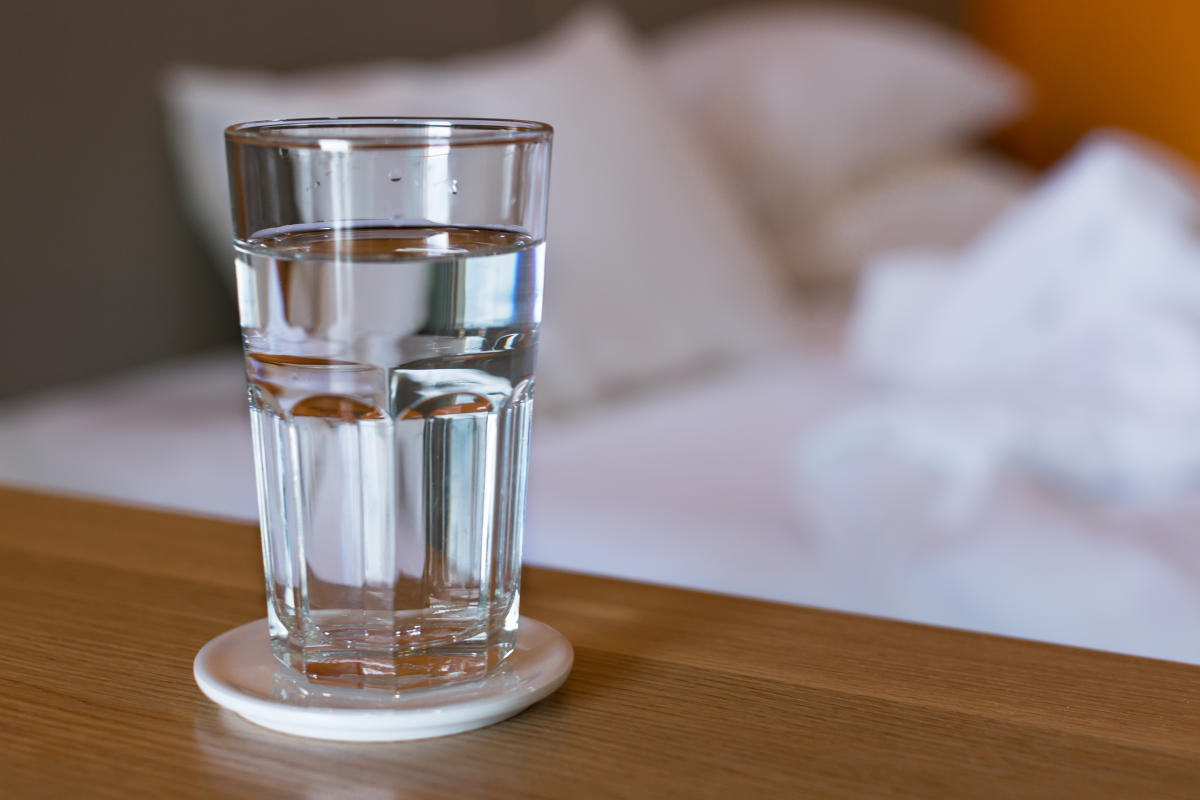
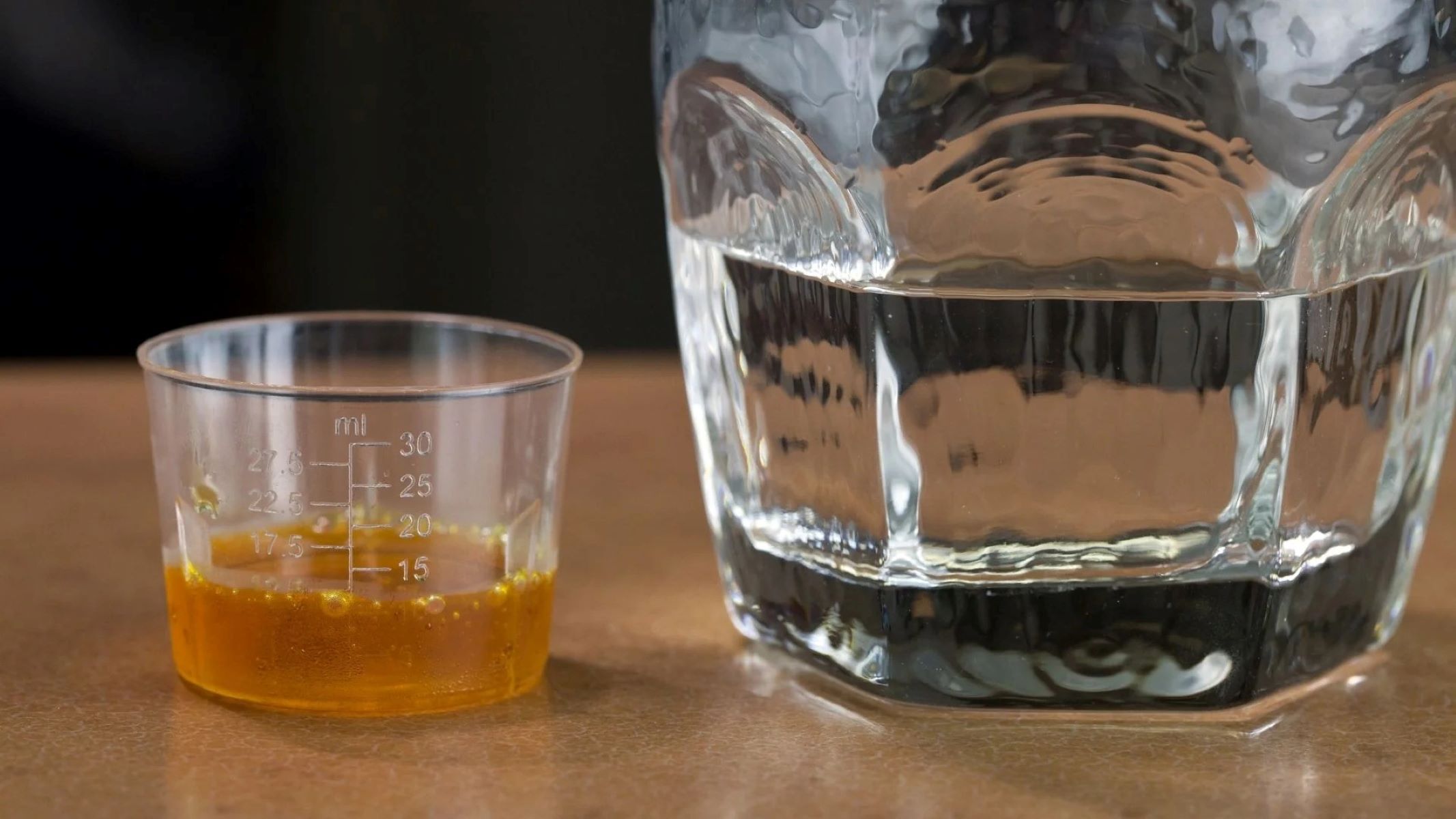
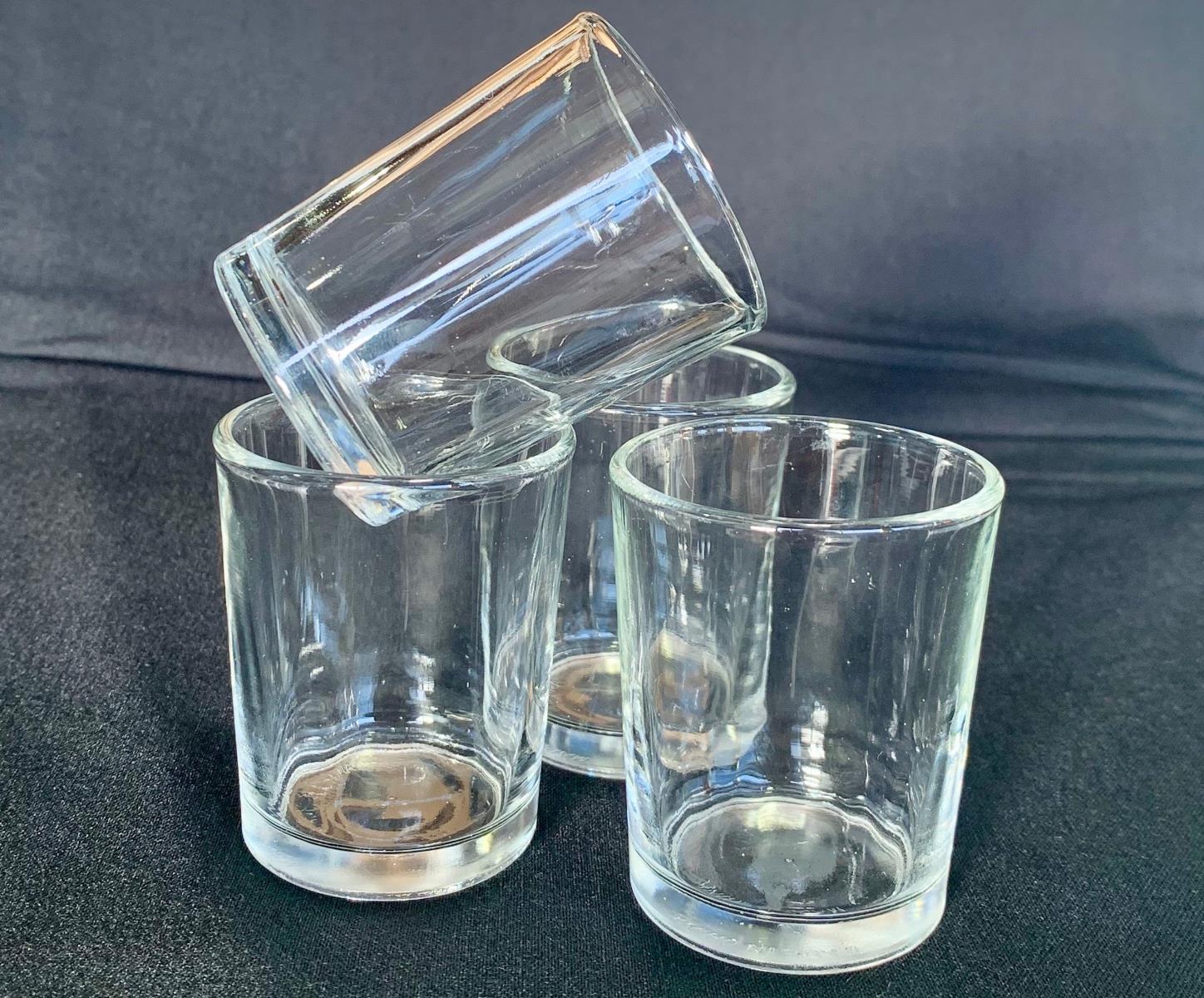

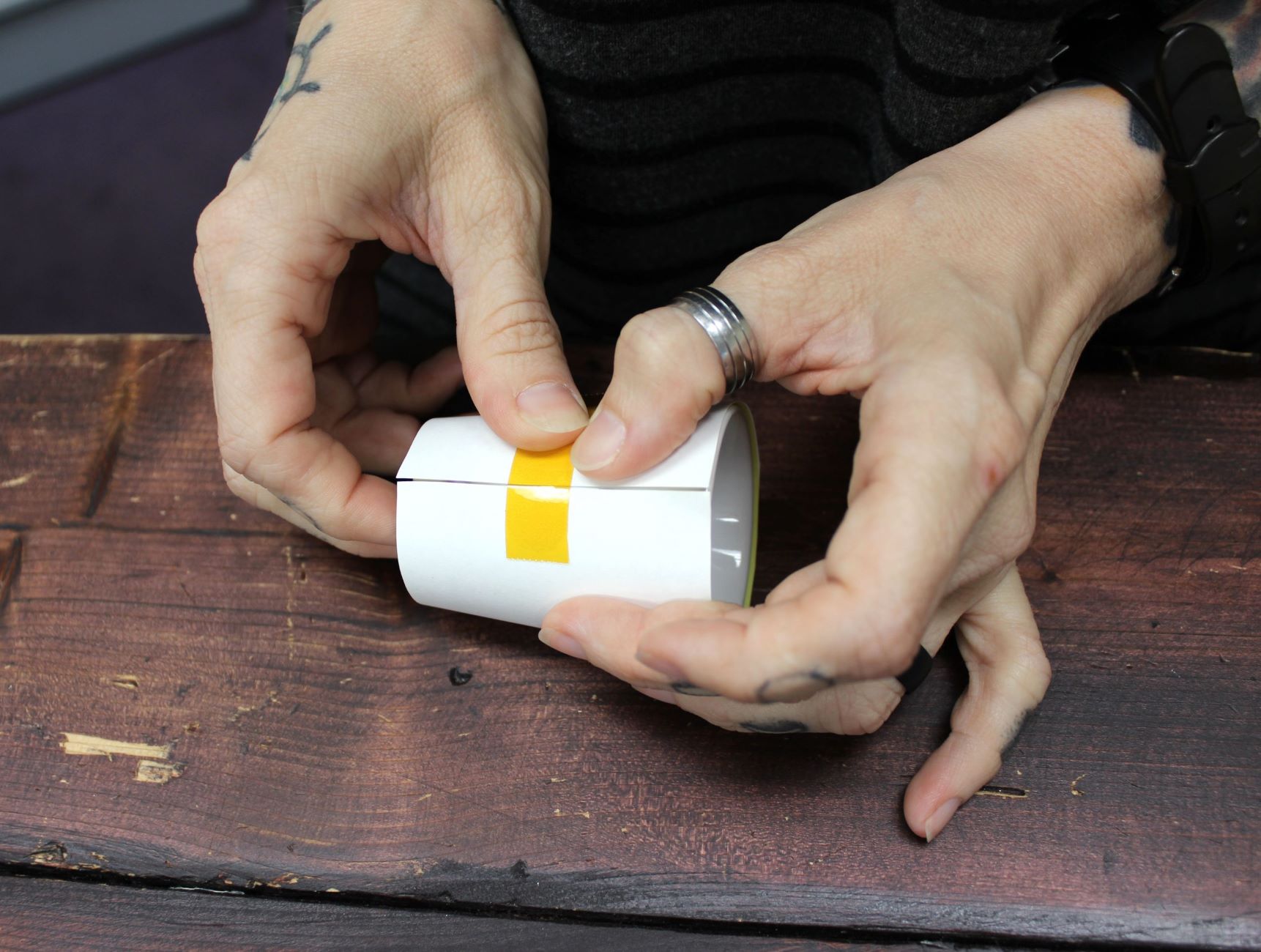
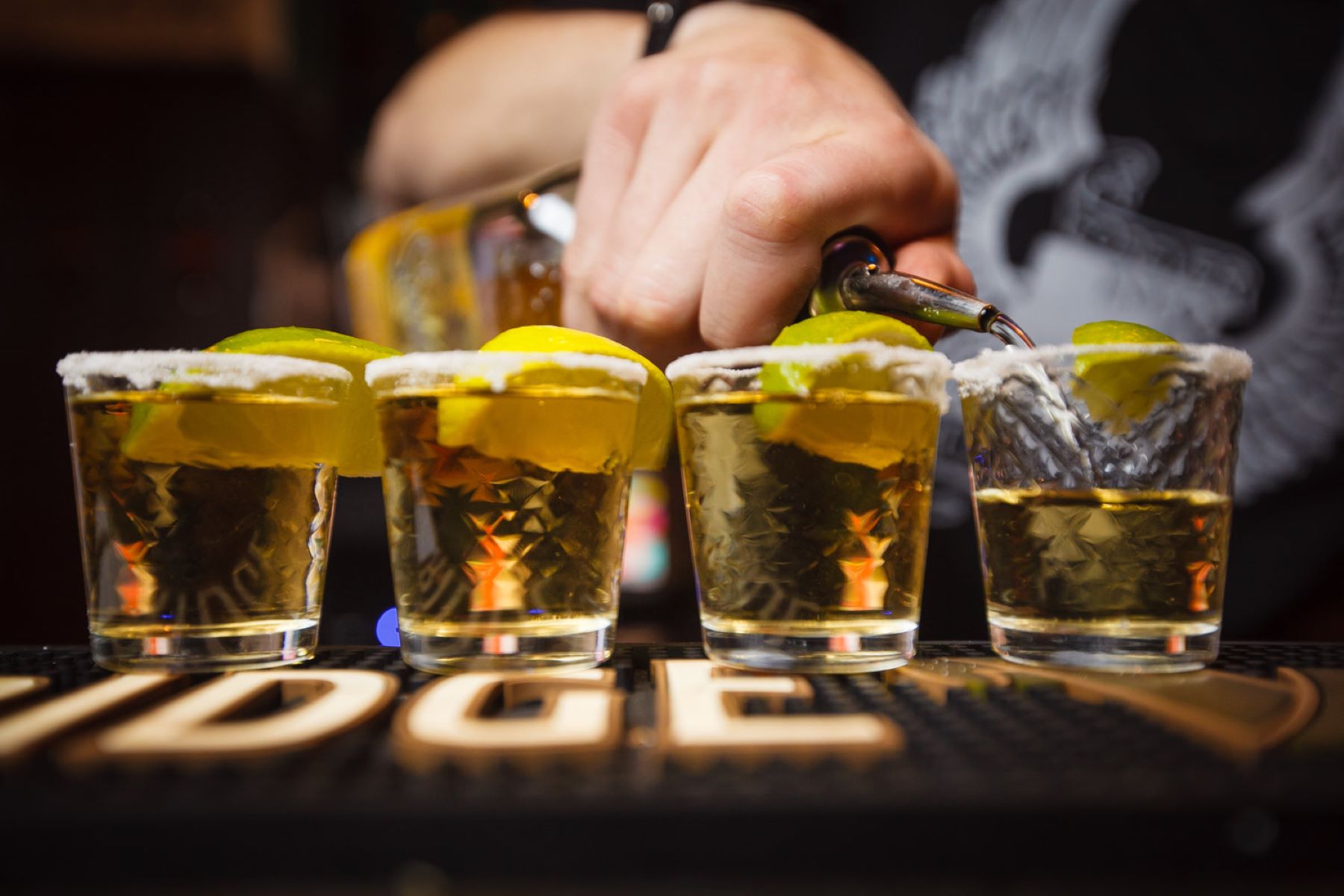
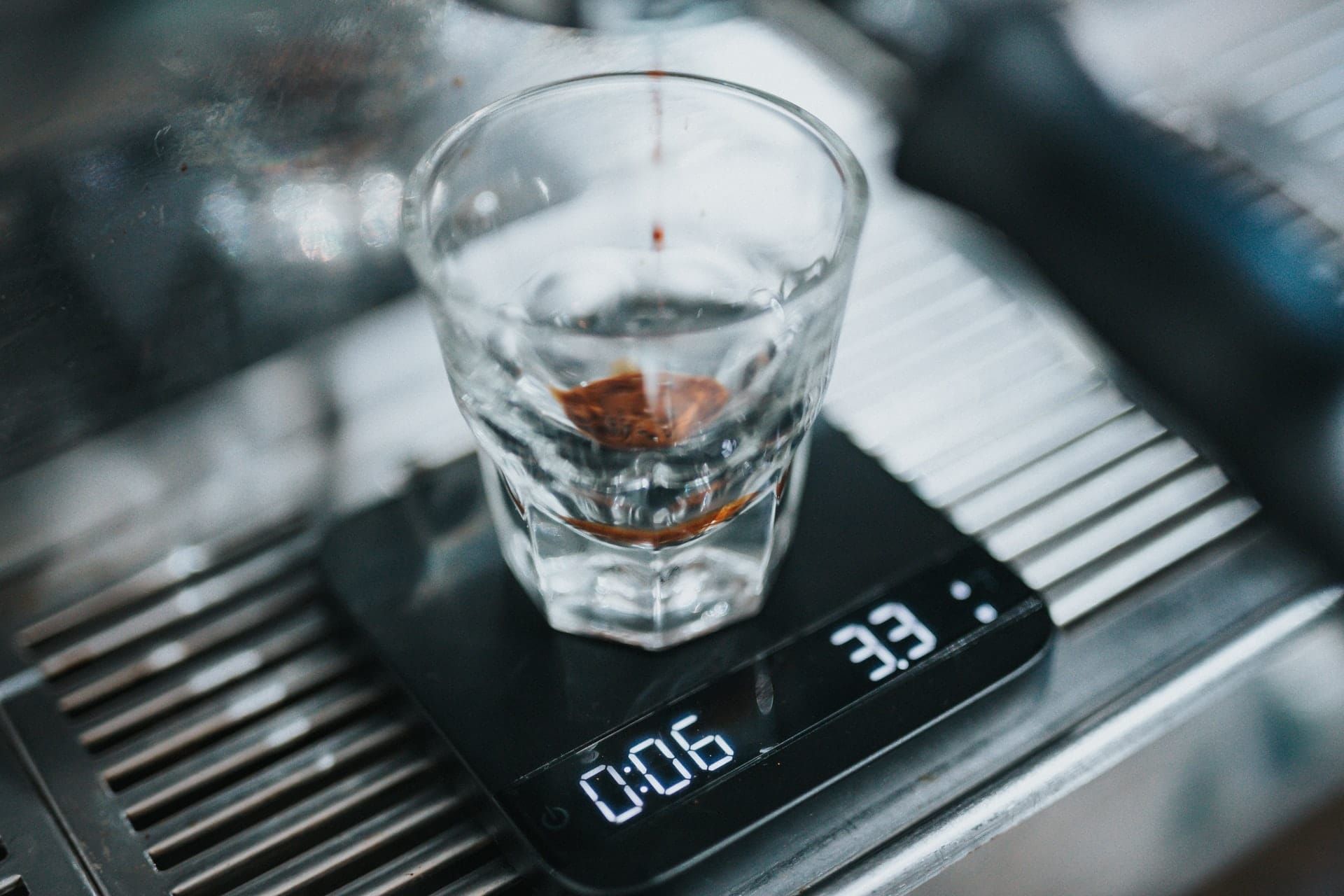

0 thoughts on “How Many Cups Is A Shot Glass”